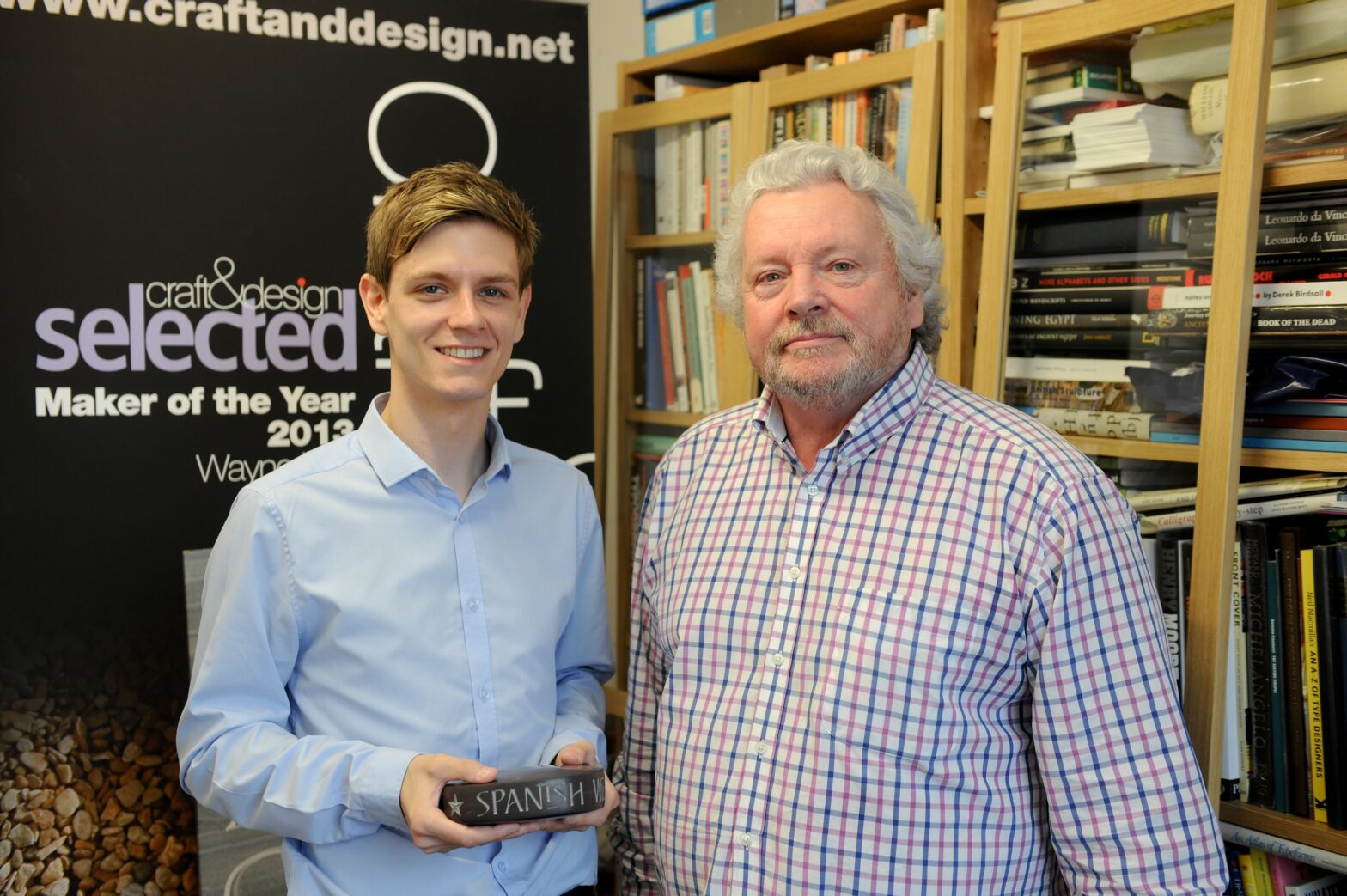When did you start the business and why?
I started in October 2012. I’d just completed my apprenticeship in the remote countryside of Cumbria. I always wanted to do my own work, rather than being a maker for someone else. I had tailored my training to suit my ambitions. When I completed my apprenticeship, I moved to Manchester to set up my studio.
What business grants did you secure?
I secured over £24,000 to complete my second and third years of training. The first year was funded by the Memorial Arts Charity. I also received £500 from the David Canter Memorial Fund towards a study trip to Rome.
I received some grants totalling over £4,000 towards my studio. These included:
- The Worshipful Company of Masons (second grant – very rare)
- The Split Infinitive Trust (second grant)
- The Eaton Fund
- The Golsoncott Foundation (they don’t usually fund individuals, but made an exception)
- The York Consortium of Conservation and Craftsmanship.
I was also awarded a sum of money from (funeral director) Leverton & Sons to be filmed at the National Funeral Exhibition. The production company covering the event liked my work and without Leverton I would not have been able to afford it.
I won both the Gold in Specialist Media and Craft Maker of the Year 2013 in a crafy and design magazine’s awards. The award is worth £5,000 and £1,000 of that came as a cheque which I put towards studio equipment.
What were the conditions of the grants?
Each grant had different conditions, but the main one was that I use the money for the reasons specified in my application and that I complete my training. For the second grant from the Worshipful Company of Masons I am required to demonstrate my work at their annual weekend Ironbridge event.
How did you apply? What did you need to do?
Some require forms to be filled out, others a letter explaining one’s need. I always made sure to send photographs of my work and a couple of references for good measure.
To find the funders, I looked through the Directory of Grant Making Trusts, found some through websites, and others I was told about my friends and colleagues. It was hard work – I would do a full day of work, come home and spend the rest of the evening writing out applications. Not every application was successful!
What did you spend the money on?
The money for the apprenticeship was spent on subsistence (my mentor couldn’t afford to pay me), travel, accommodation, visits to exhibitions, etc. The money for the studio has gone towards equipment, tools and office furniture.
What were some of the big challenges in the business and how did you overcome them?
The biggest challenge I faced was starting work the moment I moved to Manchester. I had to juggle writing my business plan with a burgeoning workload. Fortunately I had the support of a business adviser from a start-up support company. They agreed to work with me outside of hours so meetings haven’t affected my hectic schedule.
There is still work to be done with my business but it is getting there. It’s hard finding new clients, but I have spent years networking, been covered in magazines, have an interview on Youtube and have placed myself on a number of directories.
Within my first few months I had picked up a public art project in Amiens, France, the memorial to C S Lewis at Westminster Abbey and a few smaller pieces to keep me going. The important thing is to stay one step ahead to make sure enough work (and money!) is being generated.
How did you market it?
I have been in magazines and have put myself onto a number of craft directories. What I do is quite specialised, which is both a pro and a con.
I have a PR advisor who has some ideas and two other PR companies who help to market me, all for free. One of these is the PR company of a craft and design magazine, which is a great connection to have. Once I generate a good portfolio of work I will build a website. In the meantime, I have online portfolios on two directories that help to generate interest.
What are your growth plans?
I’d like to take on more and more work, and eventually train my own apprentices. As one of only a handful of carvers of my generation, it’s important that I do my bit to keep the art of fine lettering alive. I have lots of other ideas up my sleeve, but I’m keeping these to myself for now.
Any advice to other business owners in the early stages of business?
Keep at it. At times it will seem there is no way forward, but there is a lot to be said for real drive and determination. If something doesn’t work, assess the situation, make adjustments and try again. If you want it bad enough, it will happen.





